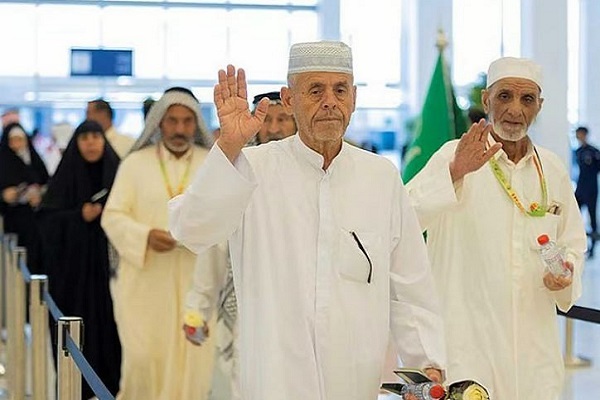Over 500,000 Pilgrims Arrive in Saudi Arabia Ahead of 2025 Hajj

The majority—493,100—arrived by air, while 10,100 came by land and 1,400 by sea. This figure represents approximately 36 percent of the total visas issued for this year’s pilgrimage season.
The Hajj is expected to draw over two million pilgrims to Mecca and surrounding holy sites in the coming weeks. To accommodate the influx, Saudi authorities have readied more than 3,000 housing units across Mecca and Medina.
Mohammed Batouk, Assistant Undersecretary for Pilgrims and Umrah Services, said these preparations began immediately after the conclusion of last year’s pilgrimage.
“Everything from the tents to the pilgrim grouping plans has been revisited and refined to ensure a smoother experience for every guest of God,” Batouk stated, Saudi media outlets reported.
Read More:
Key pilgrimage sites—Mina, Arafat, and Muzdalifah—are equipped with upgraded camp facilities and newly adjusted crowd management protocols. The Ministry's Monitoring and Control Center, according to reports, plays a central role in coordinating these efforts, overseeing the entire pilgrim journey from visa issuance to departure.
Crowd control remains a critical focus. In past years, overcrowding has led to tragic stampedes, including a major incident in 2015, which claimed hundreds of lives. Since then, officials have introduced tighter crowd flows, technological monitoring, and advance planning to minimize risks.
The Hajj is expected to begin in mid-June, subject to the lunar calendar.
Source: Agencies



